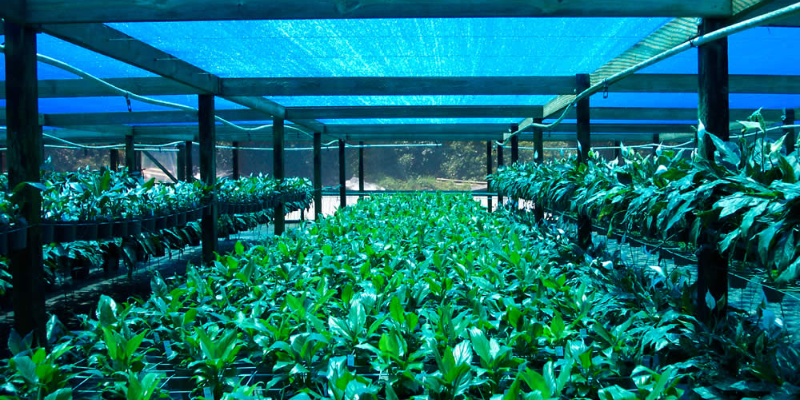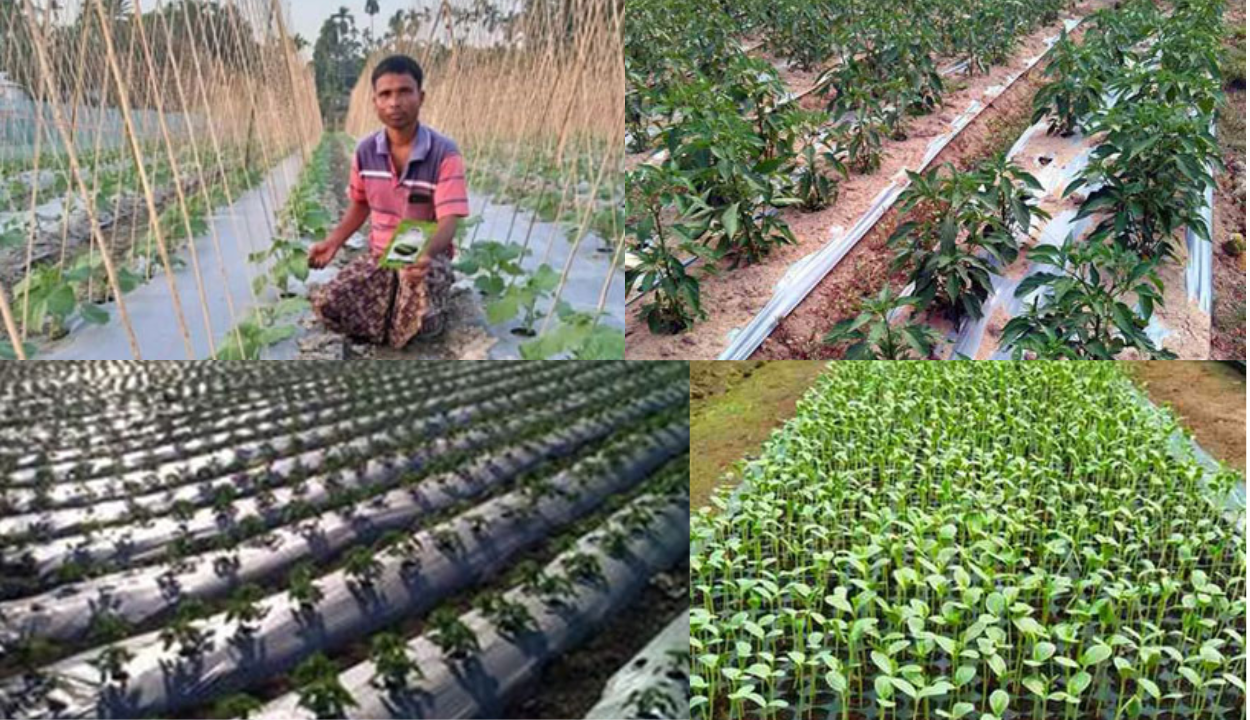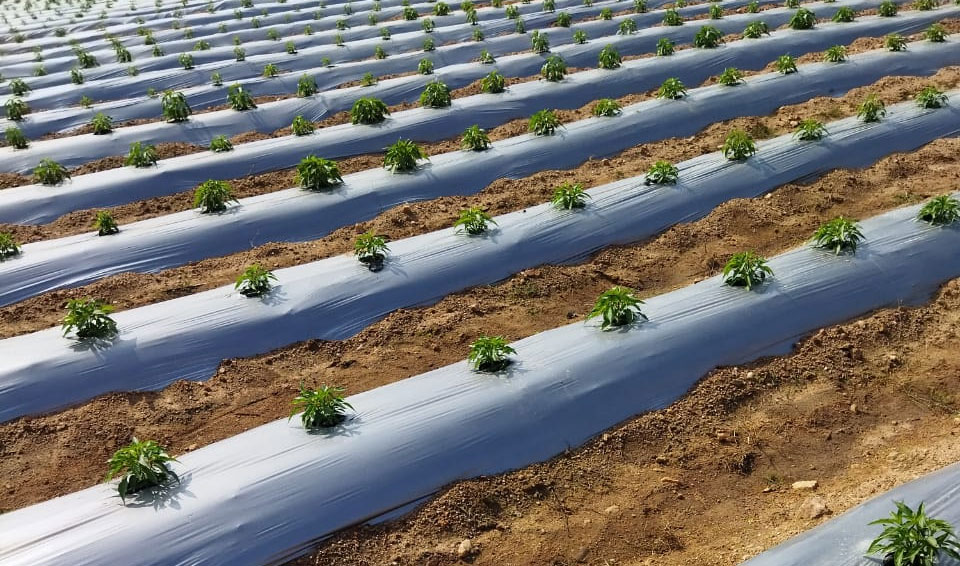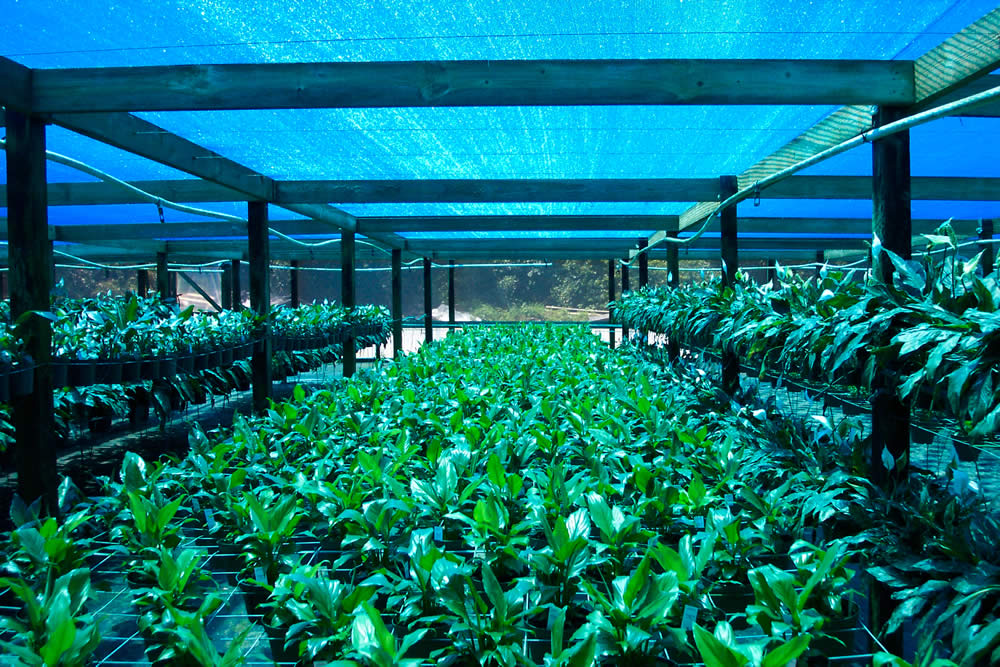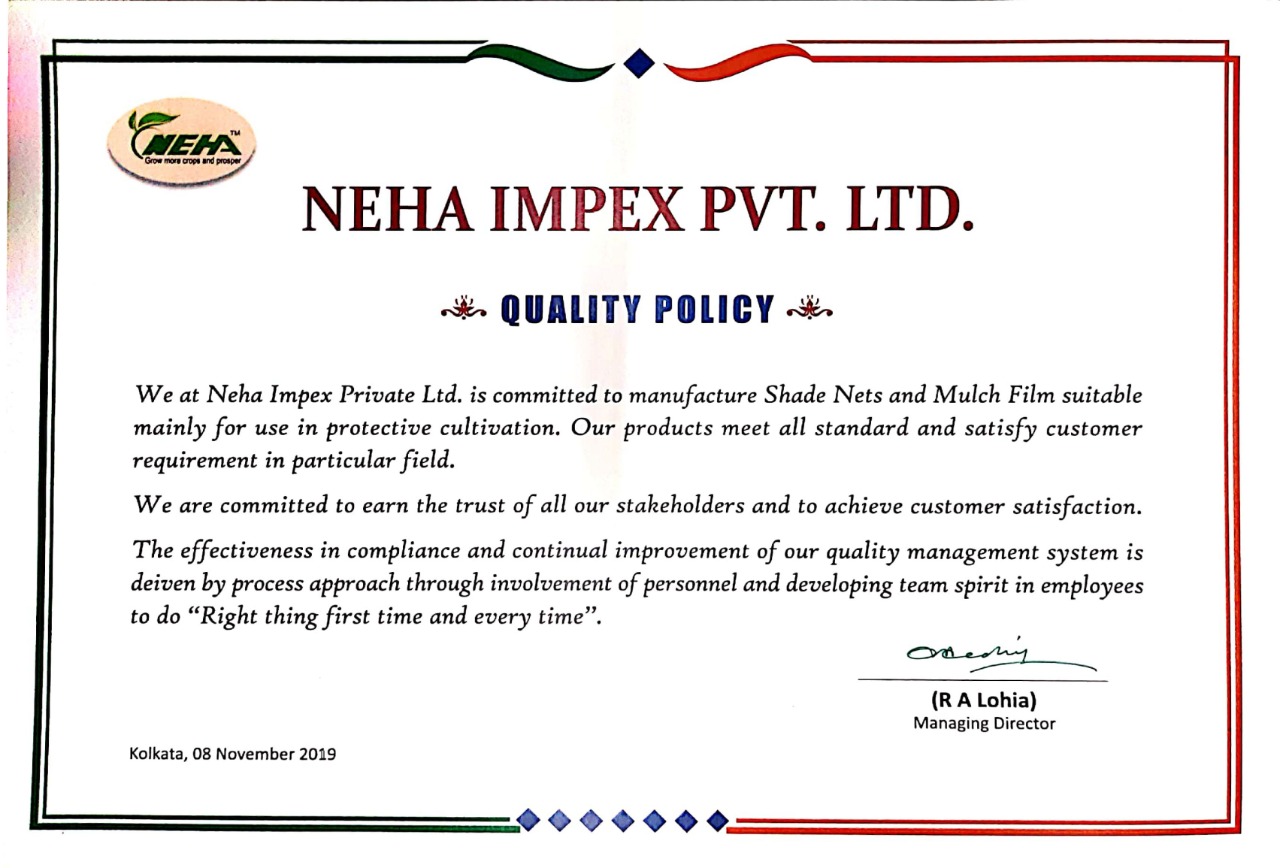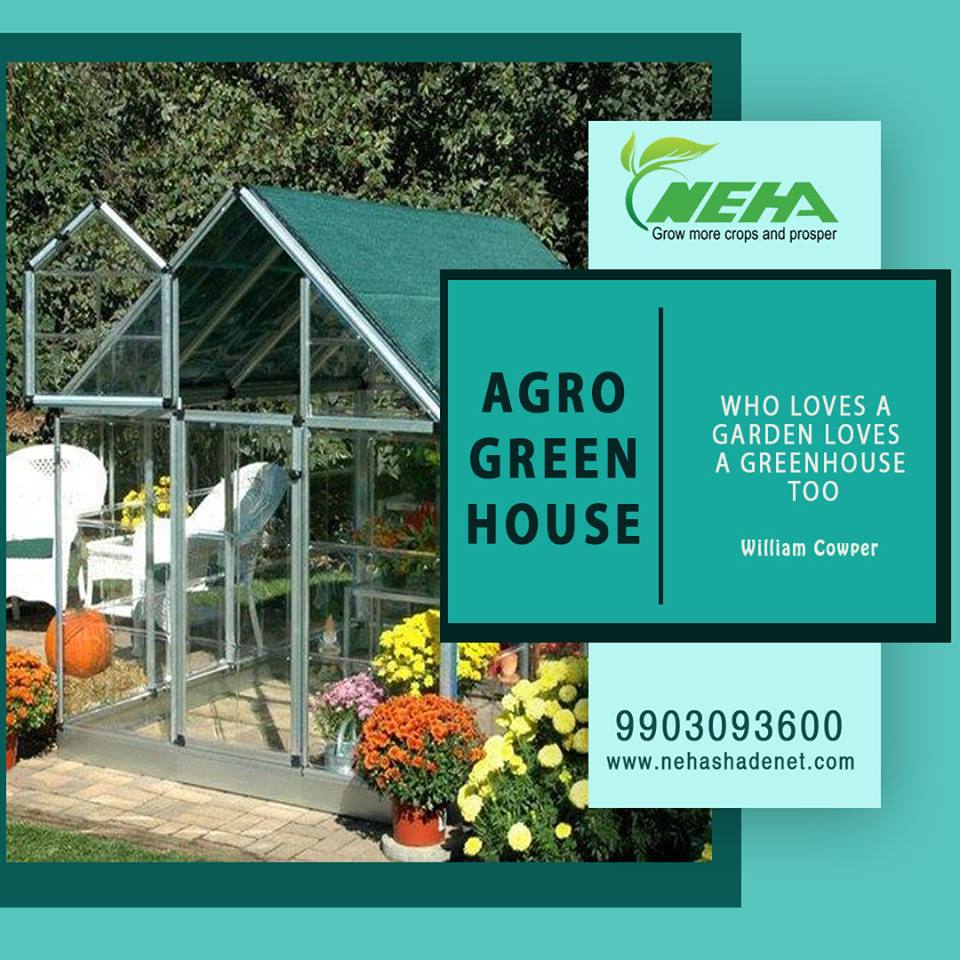
Effective Rooftop Gardening Tips & Tricks
Rooftop gardens are creating a revolution in cities, especially in areas with high-rise buildings where it’s difficult to find enough space on the ground to have a reasonably big garden. Apart from producing an aesthetic value, a green rooftop helps control temperature, & keeps the building cool, the benefits of which can be felt during summers. Rooftop gardening should be done carefully & at the right time, using the right plants. If you are planning to maintain your own rooftop garden, the following rooftop gardening tips will help you in your quest –
Soil Type
Soil is the most important factor that contributes to the success or failure of your green abode. Think of the plants you want to have in your garden (more preference should be given to drought-tolerant plants), & get the type of soil suitable for your plants by considering factors like water retention capacity, Ph content, fertility, etc. For example, a Lavender plant requires a soil that is dry, well-drained & alkaline.
Other plants that can survive well on rooftops are - aromatic herbs like oregano & thyme, succulents like stonecrop & cacti. Plants with wide leaves & most types of grasses fail to do well under rooftop conditions.
Note: Before starting with the planting process, you must make sure that your building is properly reinforced to bear the weight of your garden, & it is also important to have an efficient drainage system to prevent the stagnant water from damaging the roof bottoms.
This is the most important rooftop gardening tip that most people miss out on. You can consult your house owner or an expert to know more about the concerns & regulations concerning rooftop gardens. Soil takes the most important place in rooftop gardening tips.
Plant Protection
Rooftop plants also need protection from external conditions, the most important of which is the wind. Wind force tends to be stronger on rooftops. For this, the use of windbreakers like Trellis is suggested.
Another good option is ‘Shade Net’. A shade net is an all-purpose protective covering that protects plants from harm by various factors such as winds, heavy rainfall, extreme sunlight, birds, etc. There are different kinds of shade nets for different types of plants such as Beetle Vines, Floriculture plants, Ornamental plants & Terrace Garden plants.
Shade Nets are made of High-Density Polyethylene (HDPE) that is UV stabilized, which also ensures that air circulates freely inside.
Water Needs
Water needs for rooftop plants are high since rooftops tend to gather a lot of heat & make the plants go dry. Seedlings & young plants require special attention. Each plant has different water needs, so find out from the seller the amount of watering the plant's purchased need. An irrigation system, preferably ‘drip irrigation’ is right for the job.
Plant Containers
In case you want your plants to be in pots, large-sized & light-weight containers (creepers & climbers should be grown in large pots, vegetables can be grown in small or medium-sized containers) should be used. This ensures the protection of plants against harsh winds owing to their weight, & large sized containers also have a good moisture retention capacity. Also, choose light-colored containers for your plants. Light colors absorb less heat.
Fertilizers
Use organic fertilizers. Organic fertilizers can be prepared right at home using banana peels (rich in magnesium, phosphorus & potassium), tea & coffee leaves (rich in nitrogen) & other kitchen scraps. In the case of liquid fertilizers, to avoid evaporation, apply the fertilizers either early in the morning or during evenings when the temperatures are lower. Since organic fertilizers are safe for the plants & rich in nutrients, they can be applied twice a month.
Conclusion
Advantages of rooftop gardens are many – they decrease temperatures in top floors which is of great advantage in high-rise buildings where top floors experience unbearable heat during summers, they decrease sound pollution & improve the quality & quality of oxygen in the air. It is also a good opportunity to grow fruits & vegetables for consumption.
Organic gardens & their complex maintenance have disadvantages too. Rooftop gardens demand a large area for the growth of plants, & if the weight of soil is huge, especially wet soil, it can lead to structural damage of the building by causing cracks in the ground. Since the water needs for rooftop gardens are huge, without a proper water supply & an efficient irrigation system, the garden will be difficult to maintain.
There is a special joy in growing your own food & maintaining your own garden within your home. In spite of the risks involved, maintaining a rooftop garden isn’t something that one should be worried about. Follow all the rooftop gardening tips properly & with care. Do proper research about your plants & cater to their specific needs regularly & you will soon see the fruits of your efforts- a lush green garden.





